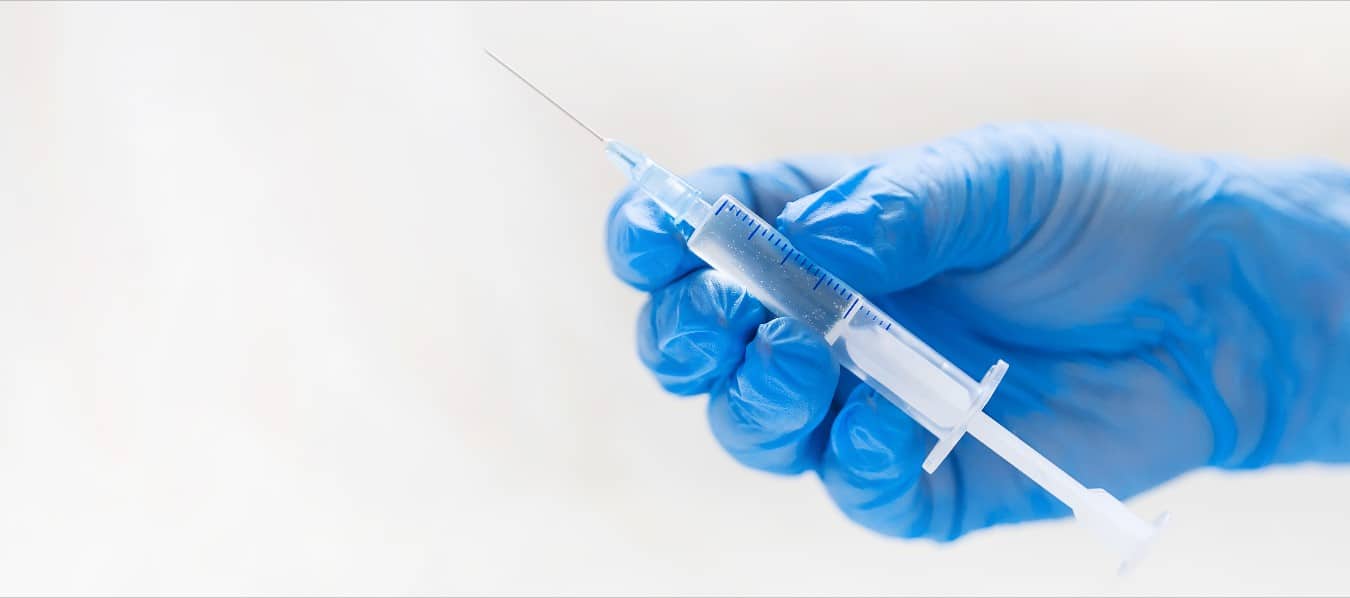Everything, Cats, Dogs, Health care
Cats, Dogs, and Vaccinations
You vaccinate your dog or cat for rabies. Distemper. Feline leukemia. Or do you? If you do, how often? If you don’t, why not? The answers to these questions are less clear-cut than they were a decade ago.
How vaccinations work
Vaccines contain small amounts of bacteria, viruses, or other organisms from the disease they protect against, but which have been modified so that they won’t cause that disease. After an animal is vaccinated, the vaccine stimulates the immune system to produce antibodies to fight against it. With these antibodies present, the immune system should be able to protect the animal against the disease if the animal is later exposed to it.
The protection created by the reaction to the vaccine is reduced over time, which is why booster vaccinations are needed.
The risks versus the benefits
Anyone who has had a pet die from a preventable disease can tell you about the benefits of vaccinating your dog or cat. Unfortunately, vaccinating your pet can sometimes be harmful. Vaccines can cause side effects, such as a lump at the injection site, reduced appetite, fever, vomiting, or encephalitis (inflammation of the brain). Some cats develop cancerous tumors at the sites of rabies or feline leukemia vaccinations.
With animals that have had reactions to vaccines, it’s best not to give the animal more than one vaccine at a time. The reaction may be less with only one vaccine to deal with. If there is still a reaction, you’ll be able to see which vaccine your pet is reacting to.
In addition, animals should be vaccinated only when they are healthy. Animals that aren’t well may not have a strong enough immune system to be able to handle the vaccine.
Vaccines do not provide complete immunity to the diseases they’re made to protect against. Even when your pets have been vaccinated, it may still be possible for them to contract the diseases that the vaccines were for. Sometimes vaccines protect, and sometimes they don’t — and we don’t know which animals they’ll protect when we vaccinate our pets. The statistics concerning how effective vaccines are depend on who you talk to.
Vaccines and disease risk factors
How is the disease that the vaccine is for spread? How likely is your pet to come into contact with animals that have that disease?
We can reduce the risks associated with vaccines by considering which vaccinations our pets need and which ones they don’t need. Indoor cats, for example, don’t need to be vaccinated against diseases that are passed through direct contact. Most animals don’t need to be vaccinated against conditions that don’t exist in their area. An exception may be show animals, which travel and are in contact with animals from other areas.
Vaccination frequency
Between the options of vaccinating our pets annually and not vaccinating them at all lie other choices.
A yearly booster shot for many diseases is not considered necessary any more. Many vaccines last much longer than one year. Vaccination intervals of about every three years are now recommended for some vaccines, or a blood test can be done to assess the level of the pet’s antibodies. A problem with this test is that it can’t test the effectiveness of the animal’s immune system. On the other hand, yearly vaccinations haven’t been proven to be necessary.
Another approach is to vaccinate puppies and kittens when they’re young (but not younger than three months), perhaps give them one or two booster shots, and then stop. The vaccines may continue to be effective for many years, and you’re sparing your pet the risk of repeated vaccinations
.When you discuss vaccinations with your pet’s veterinarian, consider the risks your pet faces in your area. Consider also your pet’s health and living situation. Whatever you decide, your pet should still have annual examinations to help identify and prevent health problems.


